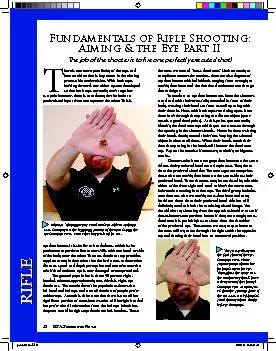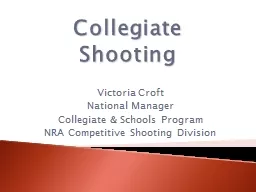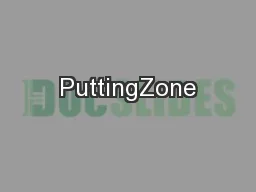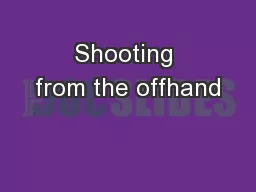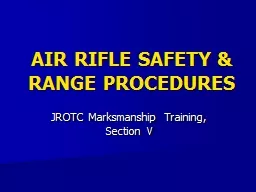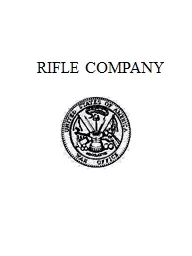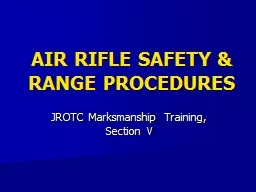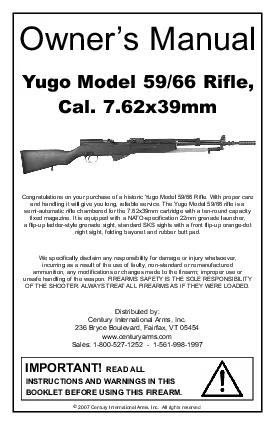PDF-Fundamentals of Rifle Shooting:Aiming & the Eye Part IIThe job of the
Author : min-jolicoeur | Published Date : 2017-11-25
12 USA S Olympic Training Center Pistol Resident Athlete Anthony Lutz demonstrates the beginning position of the arms during the eye dominance test Notice the clear
Presentation Embed Code
Download Presentation
Download Presentation The PPT/PDF document "Fundamentals of Rifle Shooting:Aiming & ..." is the property of its rightful owner. Permission is granted to download and print the materials on this website for personal, non-commercial use only, and to display it on your personal computer provided you do not modify the materials and that you retain all copyright notices contained in the materials. By downloading content from our website, you accept the terms of this agreement.
Fundamentals of Rifle Shooting:Aiming & the Eye Part IIThe job of the: Transcript
Download Rules Of Document
"Fundamentals of Rifle Shooting:Aiming & the Eye Part IIThe job of the"The content belongs to its owner. You may download and print it for personal use, without modification, and keep all copyright notices. By downloading, you agree to these terms.
Related Documents

